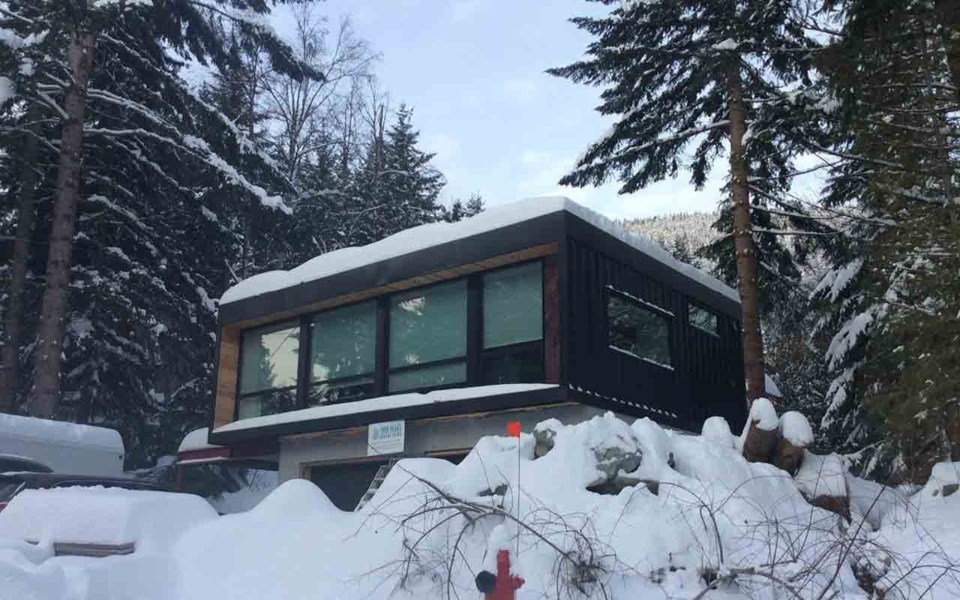Whistler's council has adopted a new infill housing strategy that it hopes will help ease the pressures of the community's housing shortage.
At Tuesday's regular meeting of council on March 6, officials signed off on a framework for an expanded infill-housing program, which was one of the recommendations included in a December report from the Mayor's Task Force on Resident Housing.
Officials hope the multi-pronged approach will lead to 50 new resident-restricted units within the next five years, giving resident owners greater opportunity to stay in their homes and providing "affordable alternatives" for prospective homebuyers across the resort.
The project approach recommends several strategies representing distinct infill housing types.
The first strategy would permit the stratification of both detached and attached suites. Building stratification can be done at the time of construction, a process the RMOW would have little, if any, regulatory sway over.
The second approach under this strategy would be to stratify a previously occupied building, which would need to comply with municipal bylaws, the B.C. Building Code, and be approved by the RMOW.
The report outlines the "unique challenges" with this approach, as B.C.'s building code requires any stratified homes with suites to meet the more stringent assessment criteria of a duplex. Meeting these higher standards would likely require additional design and construction for new buildings, and retrofitting of previously occupied dwellings.
"We're looking at... incentives and programs to allow homeowners to do this as easily as possible," senior planner Jake Belobaba explained.
Staff recommended the RMOW obtain the services of a B.C. code consultant so homeowners wouldn't have to pay for costly house assessments of their own.
Although there are no bylaw provisions specifically prohibiting the stratifying of new or previously occupied units in Whistler, an employee-housing agreement is required to be registered on the title of a stratified suite.
"What I know is preventing owners in Alpine from doing this is that they don't want that WHA requirement on their home," said Coun. Steve Anderson. Building stratification is already permitted in Alpine South, an initiative that grew out of council's previous infill housing initiative.
A related strategy in the report recommends expanding areas in the community where duplexes are allowed. Currently, there are 35 zones permitting duplexes in Whistler, representing roughly 2,500 properties. Of those, only 102 are classified by BC Assessment as underdeveloped. As part of this initiative, the municipality would consider expanding the opportunity for duplex units beyond Alpine into other single-family neighbourhoods.
Another recommendation would grant homeowners the ability to subdivide a small lot from their existing property, either as vacant land to be built on, or with a detached dwelling. This is currently prohibited in certain zones, however, depending on the size of the parcel in question. Lots zoned RS1 (single-family residential), for example, require a minimum lot size of 695 square metres. The RMOW counts 163 properties, of the approximate 1,500 RS1-zoned properties in the community, which would be large enough to subdivide — although far fewer would meet other subdivision requirements, such as lot frontage.
Allowing up to two suites for single-family homes was another option. This could either take shape as a home with both an attached and a detached suite, or a home with two attached dwelling units. Similar to duplexes, homes with two suites would trigger additional building-code requirements.
The final recommendation had to do with allocating resident-restricted bed units where required to accommodate the previously mentioned infill strategies, as well as creating restrictions on new dwellings to ensure local housing objectives.




